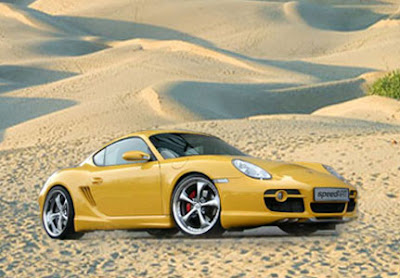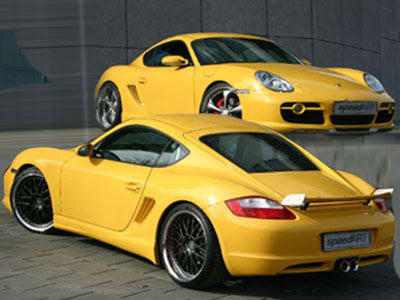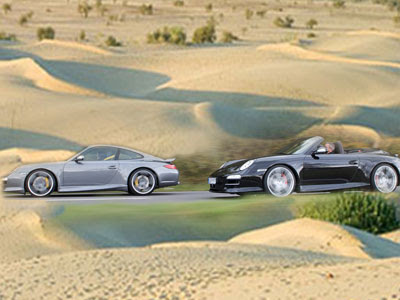Tax doesn't have to be taxing, says the advert, but it's certainly managing to confuse manufacturers, dealers, car buyers and even HM Revenue and Customs (HMRC).
HMRC had originally said that the only way to avoid paying the increased rate of VAT being introduced on 1st January was to pay for the full balance of a car before the end of the year.
While that remains the case, HMRC has changed its tune slightly and says buyers can also avoid paying the increased rate, without handing over the full balance, if the dealer raises a full VAT invoice before the end of the year and pays the VAT due at their next return.
HMRC has confirmed that the rate will be returning to 17.5% on 1st January.
To take advantage of this invoicing opportunity, the car your order must also cost less than £100,000 and be delivered according to the manufacturer's usual schedules and within six months of order. You can't ask for a delivery to be delayed so you can take advantage, for instance, of the new registration plate in March.
Buyers do not have to clear the balance of the car to benefit from this, but dealers may be reluctant to hand over VAT due on cars that they haven't received the cash on.
The VAT rate due, in short, is calculated either when a full VAT invoice is raised by the dealer, and the tax paid at the next return, or when you clear the balance.
You pay 15% VAT on cars costing less than £100,000:
•When you've ordered, paid for and registered a car before the end of 2009
•When you pay for a car in full before the end of the year but, in the normal course of delivery schedules, it is registered in 2010 but no more than six months from order
•When you order a new car, a dealer raises a full VAT invoice before the end of the year and pays the 15% tax at their next VAT return. You do not have to pay the full balance in this case.
You pay the increased rate of 17.5% VAT:
•If you order a car in 2010
•If you order a car now and pay the balance in 2010
•If you order a car now, a VAT invoice isn't raised by the dealer, or the tax due isn't paid, before the end of the year.
•If you order a car now, a VAT invoice is raised and paid, but you ask for delivery to be purposefully delayed, perhaps in a bid to get the new registration plates in March or September.
•The car you order is delivered six months from order
•The car you order is worth more than £100,000.
What are the 10 best-selling car manufacturers saying? Here's what they said:
Audi: Transactions completed by the end of the year will attract the 15% rate. If a customer placed an order today, the price quoted would automatically include the 17.5% rate because our lead times are such that the transaction would definitely be finalised in 2010.
BMW: Customers need to order and collect the car in 2009 to benefit from the 15% VAT. Some dealers may offer special VAT-busting deals, but this will be on an individual basis.
Ford: It's a psychological barrier to sales rather than an actual barrier. There's so much space between the sticker price and the actual price that we think 2.5% doesn't really matter. Any negotiator worth their salt will ask for that.
Honda: Customers will have to collect the car this year to avoid the VAT increase. We'd suggest customers look for cars that are in stock now, or check lead times to make sure they benefit. We're not doing any special promotions.
Kia: At this stage, we have not announced a VAT-protection offer. We are looking at the situation, particularly with regards to scrappage buyers, but at this stage there is no protection offer.
Nissan: Any cars ordered before December 31 for delivery by the end of March will be charged at 15% VAT and Nissan will pay the remainder, up to 17.5%.
Peugeot: We are seriously considering absorbing the VAT increase for customers that order through December for cars delivered in 2010. We'll know for sure by Monday (November 23).
Toyota: Toyota has no offers in relation to VAT.
Vauxhall: We have no offers going into the New Year at the moment, but order a car before the end of November, and take delivery before the end of December, and you pay 15% VAT.
We also have an entirely VAT-free offer running to the end of November.
Volkswagen: Cars ordered before the beginning of November 2009, but delivered in 2010, up to the end of February, will be reduced in price by 2.5%.












